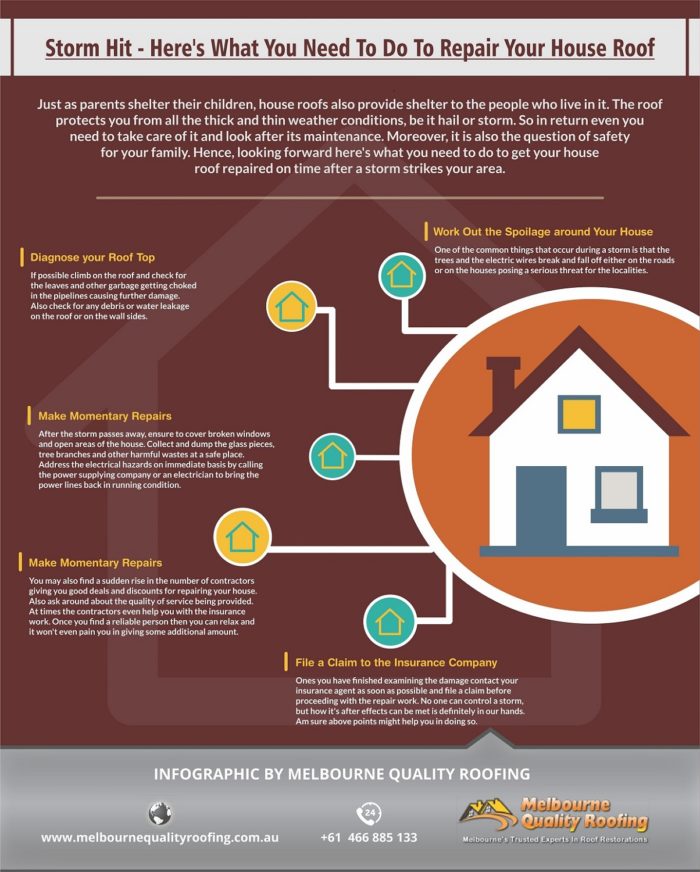The Future Of Solar Power: Forecasts For The Sector In The Following Years
The Future Of Solar Power: Forecasts For The Sector In The Following Years
Blog Article
Produced By-Tan Niebuhr
As you consider the future of solar power, imagine a landscape where technology and sustainability merge. The coming years hold the guarantee of considerable developments in solar innovation, improving the industry as we understand it. With effectiveness gains and expense decreases coming up, the capacity for solar power to change our energy landscape is immense. Remain tuned to find just how these developments will form the future of renewable resource and move us in the direction of a greener tomorrow.
Technological Improvements in Solar Panels
Solar panels have actually seen amazing technological innovations recently. One significant improvement is the increase in performance, enabling photovoltaic panels to convert sunlight right into electricity better. This has been accomplished through innovations in materials and layout, making solar power an extra sensible and affordable option for renewable resource resources.
Another key advancement is the decrease in costs related to production and installing solar panels. As visit the up coming site has advanced, production procedures have actually become much more structured, bring about reduced rates for customers. Additionally, the toughness and lifespan of photovoltaic panels have actually boosted, making them an extra sustainable and long-lasting investment.
Innovations in power storage space innovation have also played an important role in improving the efficiency of solar panels. Batteries and other storage space solutions have become more efficient and economical, making it possible for users to store excess power generated throughout the day for usage in the evening or during periods of reduced sunshine.
Increased Fostering in Different Industries
With the need for sustainable power solutions rising, different markets are significantly incorporating solar power systems into their procedures. solar panels for residential homes in markets such as production, farming, and transportation are leveraging solar energy to decrease their carbon footprint and operating costs.
In production, solar panels are being installed on rooftops to power machinery and illumination, leading to considerable savings on electrical power bills. Agriculture is likewise embracing solar energy by utilizing it for irrigation systems and powering farm equipment, consequently reducing typical fuel costs. In addition, the transportation market is taking on solar innovation for billing electrical cars and lighting up car park.
The trend of enhanced adoption of solar power throughout markets is driven by the need to be extra environmentally friendly and decrease reliance on non-renewable power resources. As solar modern technology continues to development and become a lot more cost-effective, we can anticipate to see even wider integration of solar energy systems in numerous sectors in the coming years.
Policy Changes Driving Solar Development
Accepting renewable resource sources is critical for lasting advancement in today's globe. Policy changes play a considerable duty in driving the growth of solar power. Federal governments worldwide are carrying out different measures to advertise the adoption of solar power. Motivations such as tax obligation credit reports, rebates, and feed-in tolls encourage people and services to buy solar technology.
Furthermore, laws mandating a certain portion of energy ahead from sustainable resources push utility business to incorporate even more solar into their power mix. Furthermore, policies concentrating on internet metering permit solar users to offer excess electricity back to the grid, making solar installations a lot more economically practical.
In some regions, eco-friendly profile requirements need a specific section of electrical power to be generated from solar power, producing a steady demand for solar energy. These policy changes not only drive the development of the solar sector however also contribute to minimizing carbon discharges and combating environment change. By sustaining and applying such policies, federal governments can increase the change to a much more sustainable power future.
Final thought
Finally, the future of solar energy looks intense with continuous technological improvements, enhanced adoption throughout industries, and helpful policy changes. With greater efficiency levels, lowered prices, and boosted energy storage space solutions imminent, solar energy is set to play a critical duty in the worldwide transition to a cleaner and more lasting energy future. Accept the potential of solar power and be a part of the renewable energy change!
